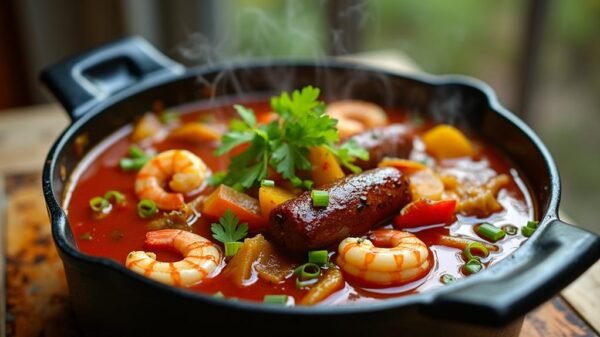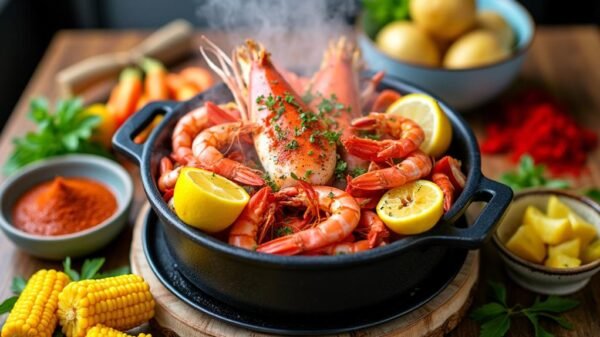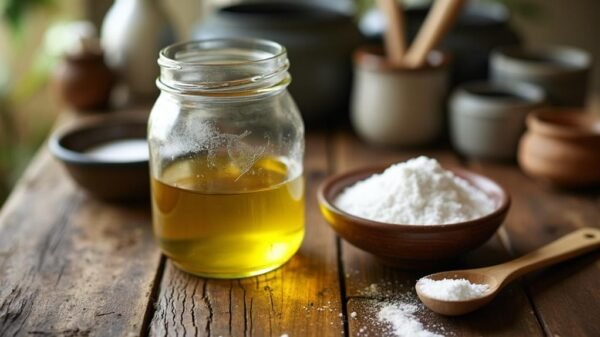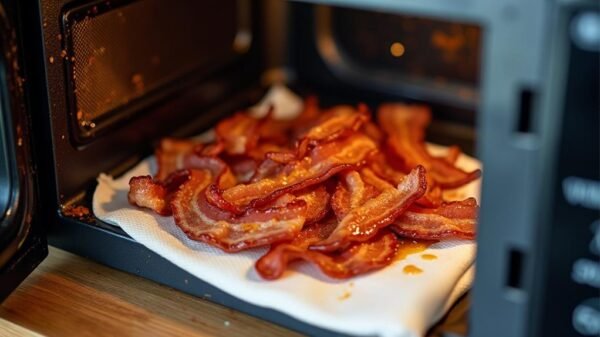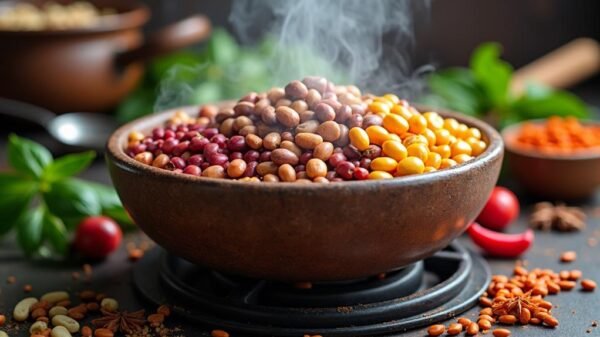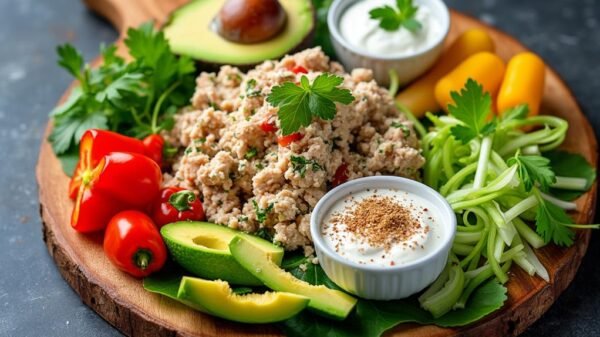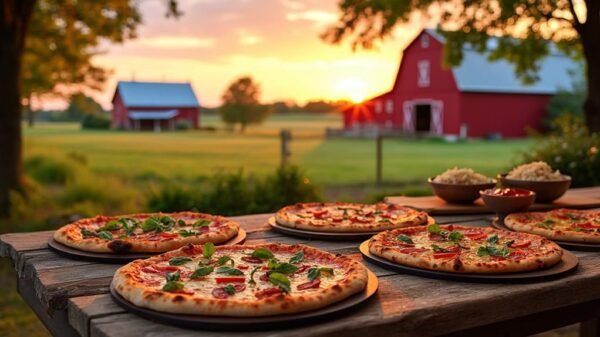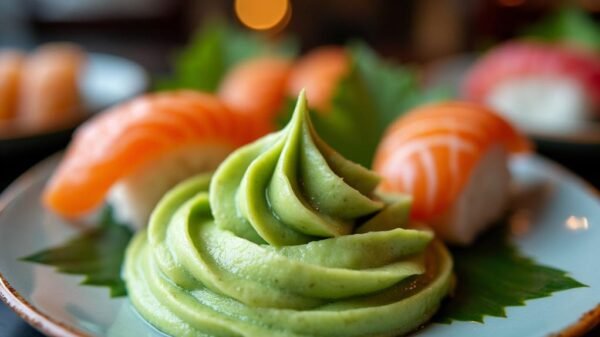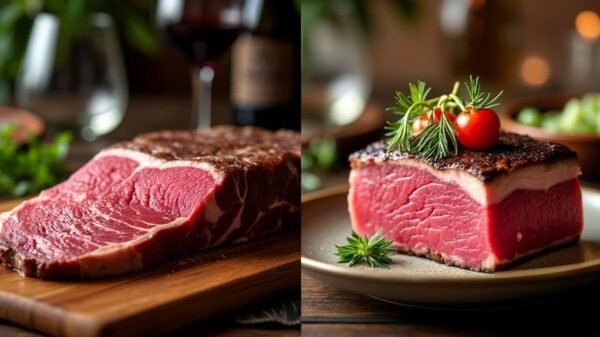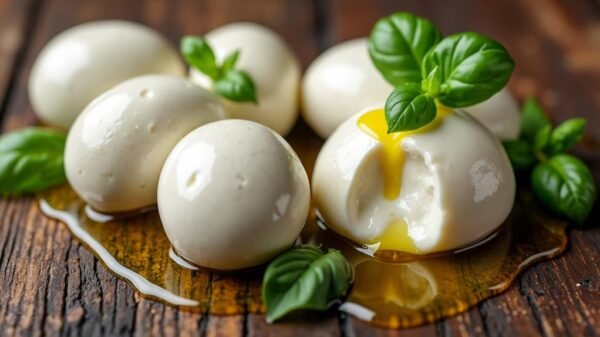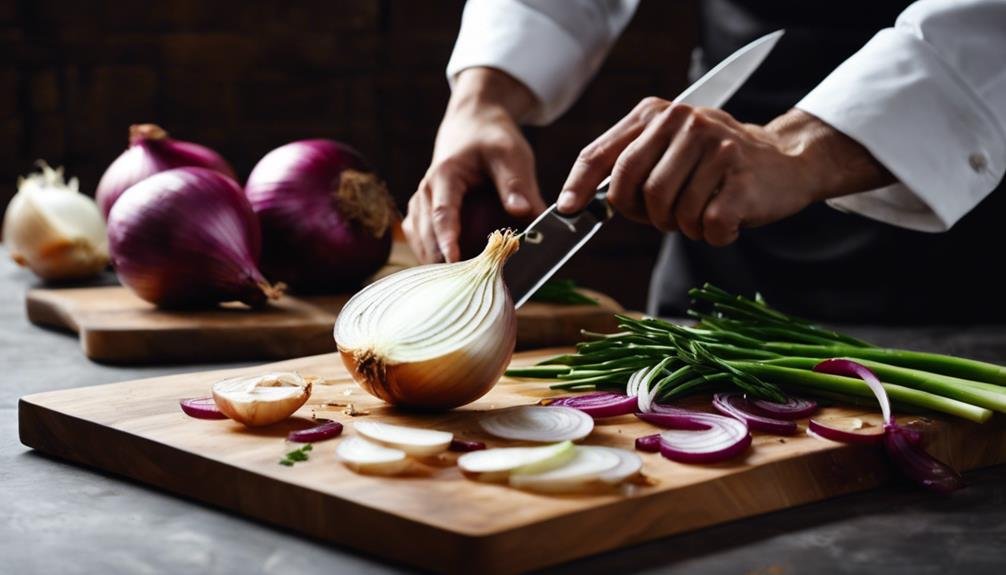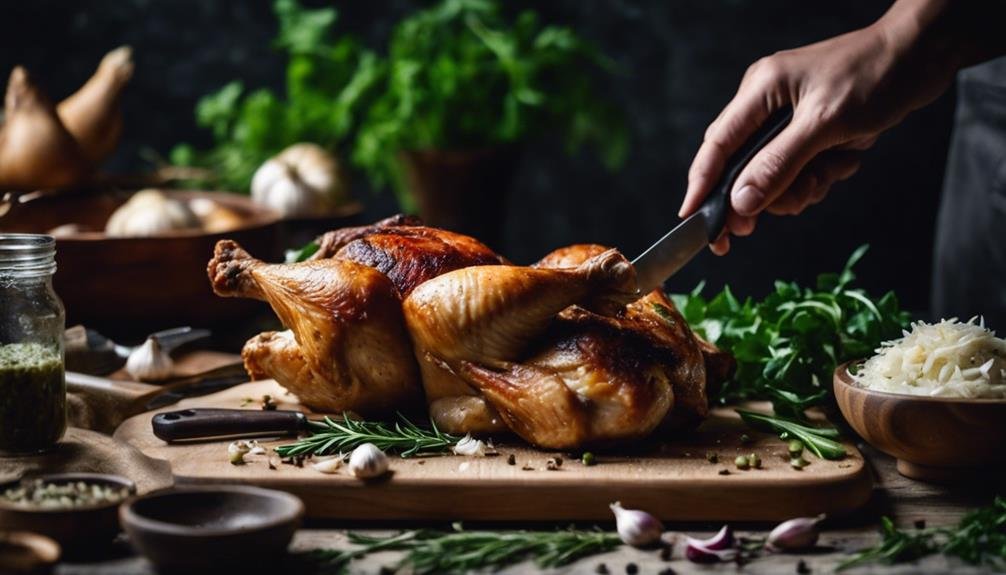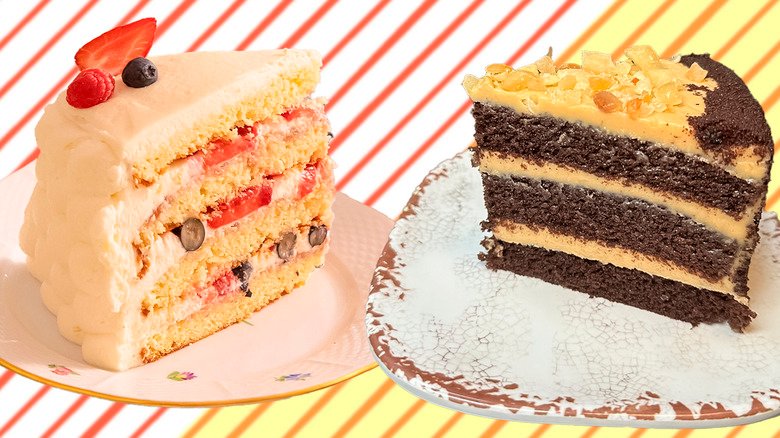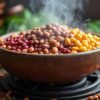In the age of fast food and instant gratification, you might find the art of perfectly cooking onions a rejuvenating throwback. Let’s slice through the mystery:
First, select your onion with the care of a jeweler choosing diamonds. Each variety brings its flavor and charm to the table.
Next, master the heat like a blacksmith forging a sword; too hot, and you’ll scorch your treasure; too cool, and you’ll be waiting till the cows come home.
Finally, the dance of timing and stirring is where the magic happens. Why stop here when your culinary journey to onion perfection is just getting sizzling?
Cooking Onion Key Takeaways
- Choose the right onion type to enhance the flavor and texture of your dish.
- Control the heat to a medium level to avoid burning and ensure caramelization.
- Stir frequently with a wooden spoon to distribute heat and prevent sticking.
- Monitor timing and adjust heat as necessary for even cooking and perfect texture.
Selecting the Right Onion
When elevating your culinary creations, picking the perfect onion is key, as each variety brings its unique flavor and texture to the table. You’ve got your yellow onions, the all-rounders, ideal for sautéing till they’re just the right shade of golden, infusing dishes with a robust, slightly sweet flavor.
Then there are the red onions, the showstoppers, adding a pop of color and a milder taste to your grilling adventures or fresh salads.
Don’t overlook the sweet onions, like Vidalias, which are the secret stars of caramelizing. Their higher sugar content means they’re practically begging to be slowly cooked to reveal a depth of sweetness that’s hard to beat.
Whether you’re aiming for a savory sauté, a charred grill masterpiece, or a caramelized delight, the onion variety you choose can dramatically alter the taste and texture of your dish.
Mastering the Heat
Having chosen your ideal onion, mastering the heat becomes your next culinary conquest to ensure those flavors truly shine. Cooking onions isn’t a sprint; it’s a marathon that requires patience, especially when aiming for that golden, caramelized perfection. The key? It’s all about controlling the flame. High heat might seem like a fast track, but it’s a surefire way to end up with burnt offerings instead of the soft, golden textures you’re after.
Place your skillet over medium heat, not too hot or cold, but just right for the onions to sizzle without scorching. A drizzle of olive oil sets the stage for the magic to happen. Remember, onions aren’t fans of the rush hour; they prefer the scenic route. Adjusting the flame to maintain that medium heat ensures your onions don’t wear blackened attire before the party starts. A sprinkle of kosher salt can coax the moisture, aiding in an even and delightful caramelization process.
Timing and Stirring
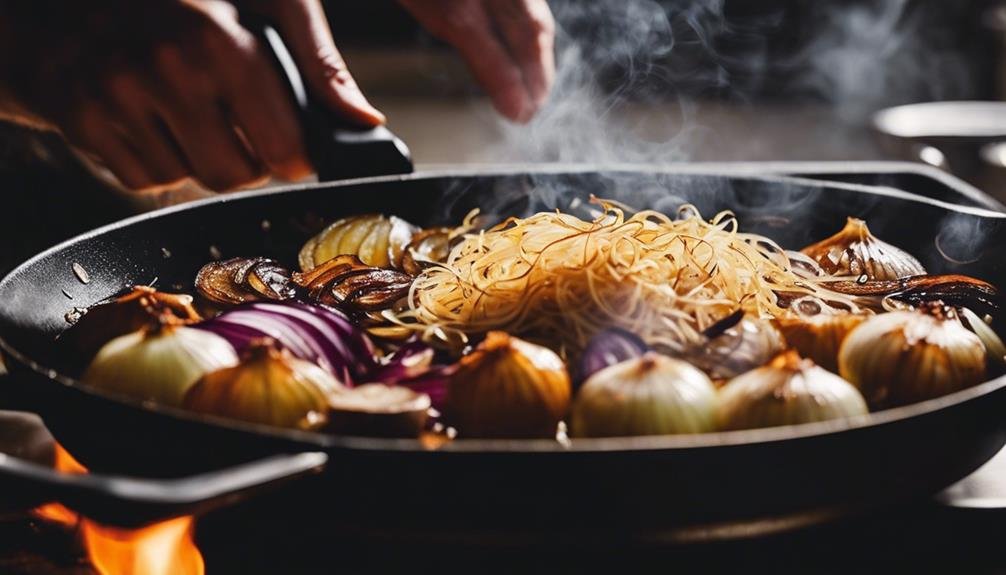
As you begin cooking onions, remember that timing and stirring are your best allies in avoiding the pitfalls of unevenly cooked or overly caramelized slices. To make the perfect base for your French onion soup or add that golden touch to your dishes, mastering the dance of heat, stirring, and timing while cooking the onions is important.
Here’s a quick guide:
| Stage | Action | Tip |
|---|---|---|
| 1. Initiation | Set heat to medium | Important gentle cooking |
| 2. Cooking | Stir with a wooden spoon | Prevents sticking, promotes even caramelization |
| 3. Monitoring | Cover the pan occasionally | Retains moisture, cooks evenly |
| 4. Finishing | Adjust heat as needed | Prevents overcooking, retains flavor |
Frequently Asked Questions
How Do You Properly Cook Onions?
To cook onions properly, select a suitable pan and adjust the heat correctly. The key is to stir them often, allowing them to transition from soft to translucent and finally to a golden brown. This patience and attention to detail ensure that when the onions are caramelized, they reach a state of sweet perfection.
What Are the Stages of Cooking Onions?
The stages of cooking onions are as follows: they start firm, then become softened, translucent, golden, brown, and finally, caramelized. The flavors evolve at each stage, so it’s crucial to identify the perfect moment to enhance your dish’s taste.
What Is the Trick to Caramelizing Onions?
To successfully caramelize onions, the key is to exhibit patience. This involves a slow cooking process on low heat, with intermittent stirring. Introducing a pinch of salt is beneficial as it extracts moisture, facilitating the perfect browning of the onions. This technique significantly enhances their flavor.
Do You Saute Onions First or Last?
Sauté onions first to ensure their sweet flavors are released and they integrate seamlessly with the rest of the ingredients, avoiding an overpowering raw onion taste in the dish.
Conclusion
So, you’ve sliced your onions, faced the heat, and stirred with the prowess of a kitchen maestro.
Remember, selecting the right onion is the unsung hero of your culinary adventure. Whether aiming for a sweet caramelized finish or a golden sauté, mastering the flame’s temperament and the clock’s tick is your passport to flavor town.
Keep those tips tucked under your chef’s hat, and you’ll be dishing out perfectly cooked onions to make your meals sing every time.



